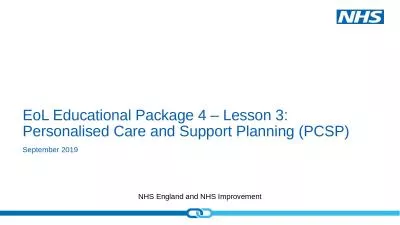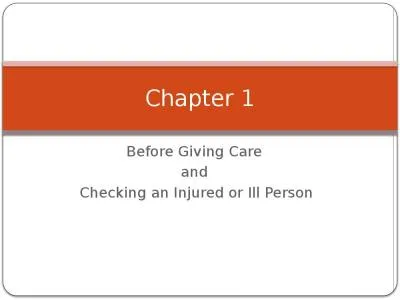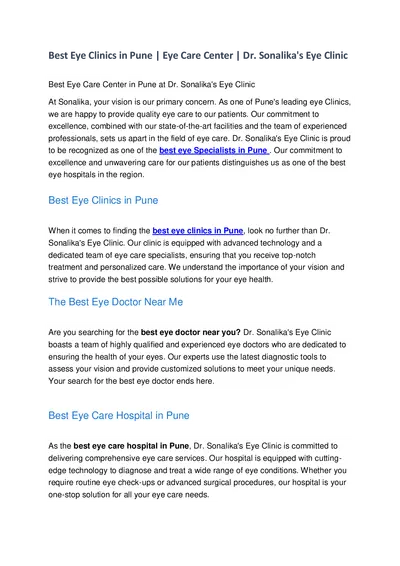PPT-Who is this Person and Why Do We Care?
Author : jane-oiler | Published Date : 2017-05-20
More Unintended Consequences Your first job after graduation is system administrator for a 200 person privately held manufacturing company The presidentowner sends
Presentation Embed Code
Download Presentation
Download Presentation The PPT/PDF document "Who is this Person and Why Do We Care?" is the property of its rightful owner. Permission is granted to download and print the materials on this website for personal, non-commercial use only, and to display it on your personal computer provided you do not modify the materials and that you retain all copyright notices contained in the materials. By downloading content from our website, you accept the terms of this agreement.
Who is this Person and Why Do We Care?: Transcript
Download Rules Of Document
"Who is this Person and Why Do We Care?"The content belongs to its owner. You may download and print it for personal use, without modification, and keep all copyright notices. By downloading, you agree to these terms.
Related Documents

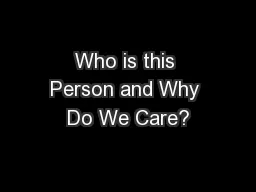
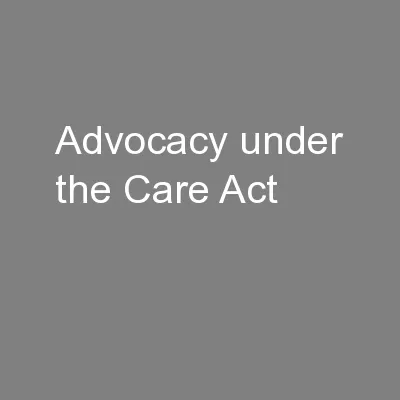
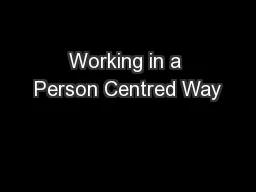
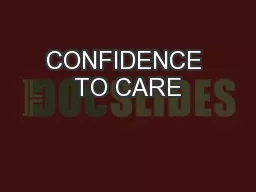

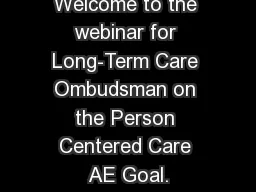
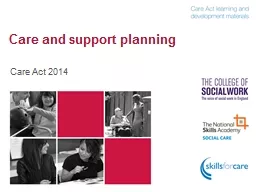
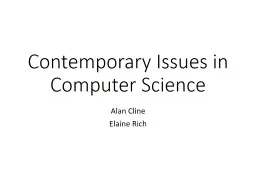
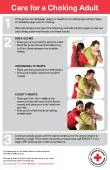
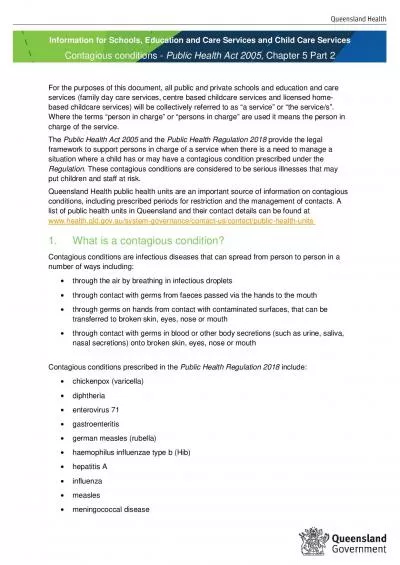
![[BOOK]-Status: Why Is It Everywhere? Why Does It Matter?: Why Is It Everywhere? Why Does](https://thumbs.docslides.com/956296/book-status-why-is-it-everywhere-why-does-it-matter-why-is-it-everywhere-why-does-it-matter.jpg)
